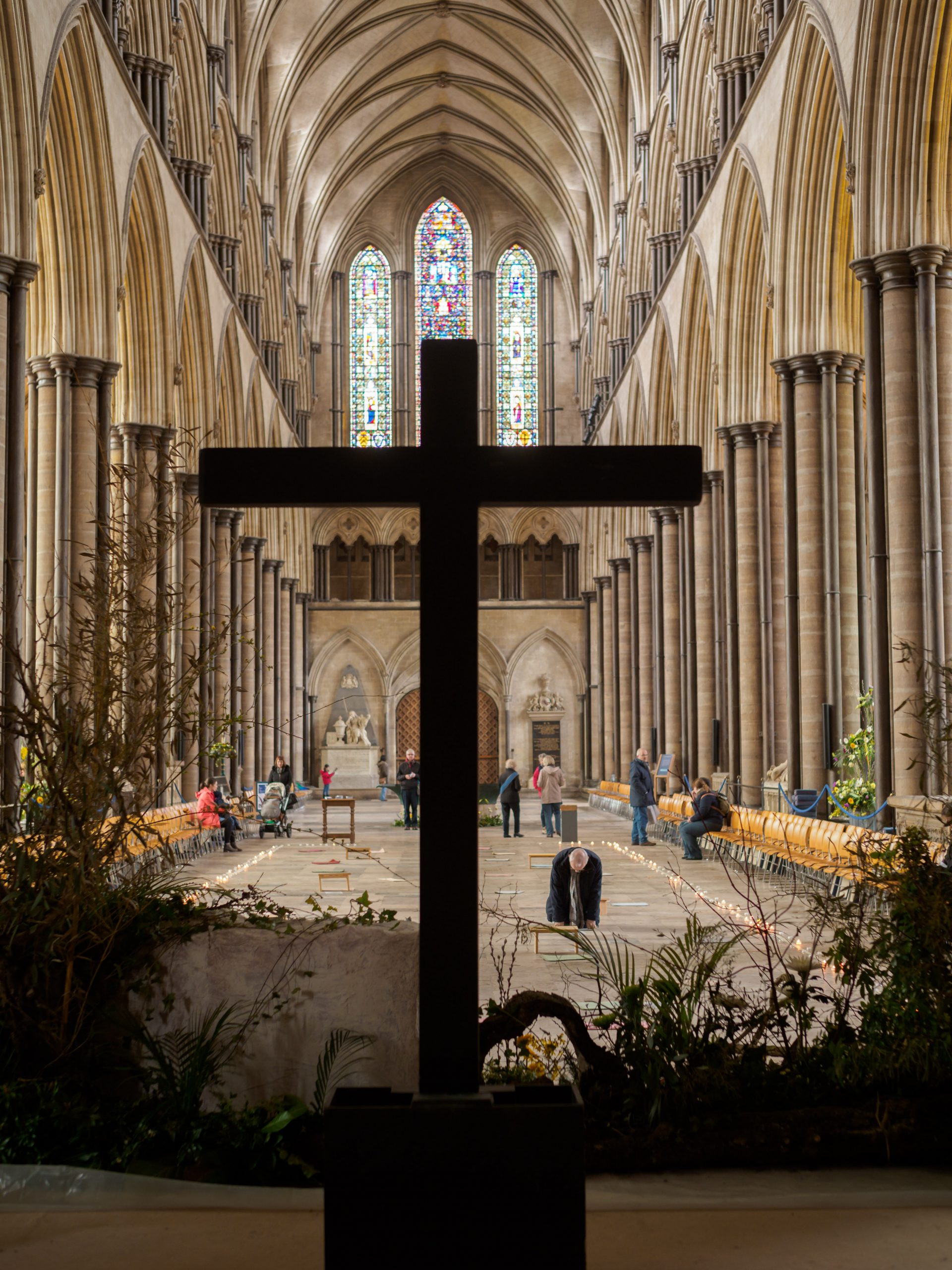Easter Sunday | 18 April 2022

Acts 10.34-43; Luke 24.1-12
A few weeks ago, I had never heard of Mariupol. Home to just under half a million people, a city which – like this cathedral – bears the name of the Virgin Mary.
Well, it bore her name, until it came under the relentless onslaught of Russian arms, which still this morning was not quite complete. For many decades yet to come, Mariupol, the city of Mary, will probably be known, as we know for example the names Guernica, or Stalingrad, as a byword for destruction, cruelty, and death.
Consider for a moment the ways in which Christians picture the mother of Jesus. We see her in art:
- the girl startled by the angel, who tells her of her destiny to be the mother of the Saviour
- we see her newly delivered of her child, and yet remarkably calm and healthy, when surrounded by the joyous worship of angels, shepherds, kings
- Or we see her alone with her child in her arms – as the mother and God’s son appear on this cathedral’s seal, or in the icon near our font
These are the images of Mary we see most commonly. In their familiarity, they are comforting and reassuring; and so very remote from the desperate present experience of those whose home is her eponymous city in Ukraine.
There are other common images of Mary, no longer youthful, but as a mature woman who has borne many children, and has lived to hear her eldest child tell his followers that they (not her and her children) are his mother and brothers:
- In the churches of medieval England the parishioners were confronted by the image of the Rood, and of Mary watching her son’s agonising death;
- and one of Michelangelo’s most celebrated sculptures is of Mary cradling her dead son’s body, the Pieta.
You and I have come here this morning, to mark this wonderful day of resurrection. We heard two Marys named in Luke’s account of the day of the resurrection, though neither of these seems to have been the mother of Jesus. Who knows where she was? – was she perhaps alone in her grief?
I began with Mariupol, and I have dwelt on Mary, because the resurrection which brings us together does not come from a place of comfort: it comes from a place of tragedy and grief. It speaks most deeply where things are at their worst, when human nature has had its very nastiest expression, and people have drunk the most unwanted cup. It happens in a place, and among people, who should be in despair.
And, as Jesus had done when he strode into the Temple, the resurrection tosses over all the expectations which people had brought to that moment. The battered body was supposed to be in the tomb; but ‘He is not here’. It’s a shock is not easily taken in: ‘these words seemed to them an idle tale, and they did not believe them’. Peter too – he went home, amazed.
That new life of Easter, so unexpected, so puzzling, is ours. It’s an infinitely costly gift, freely given, even to us. The earthly life that began a couple of thousand years ago nestled in the comfort of a young mother’s arms, and then a few decades later supposedly extinguished in the isolation of fearful cruelty; that life could not be ended, because life is the gift of God.
What began with Mary has become the hope of the world; a hope I believe in, and pray for, even among those who these very days have had to watch on as their loved ones suffer and die. Death and destruction do not have the last word. For Christ is risen – he is risen indeed. Alleluia!




